Ruberoid is very popular as roofing material. Despite his poor view, it is a good budget option for various economic structures or country houses. Working with such a coating will not be much labor, in addition, you can contact him alone, not attracting specialists or assistants.
The main features of Ruberoid
In some cases, the use of an expensive roof does not make sense, for example, if you build a building with a flat roof, make a visor for a balcony or build a barn. A cheap regteroid is suitable for such purposes.
The main advantages of this kind include:
- long service life;
- resistance to solar radiation;
- practicality;
- lack of need for additional maintenance;
- good tolerability of temperature changes;
- resistance to the effects of rain and snow;
- low price to cover the roof of the rubberoid.
Varieties of this roofing material
There are several types of rubberoid, differing in their properties, production technology, as well as costs:
- Traditional. This is the easiest and cheapest coating option. The technology of its manufacture consists of the following steps: production of the cardboard basis, impregnating it on both sides of the hot resin, applying a sheet of a layer of refractory bitumen to one of the sides. This classic version of the runneroid does not have sufficient strength, there is no special additive - a bitumen modifier that is responsible for the durability of the material. Cardboard, which is the basis of the coating, has the property to absorb moisture, as a result of which it comes to disrepair and requires replacement.
- EuroRuberoid. This later-generation material is more reliable and endurance, and therefore it is often used in construction. By its structure, it is similar to the first form, but is produced on a new advanced technology, thanks to which good flexibility acquires, rigidity, durability and ability to transfer severe heat. The top layer of such a coating contains granite or basalt crumb, and the lower layer is an anti-adhesive film. It does not give the material to glue in a roll, and when it is laying, it also serves as a specific regulator. It is believed that as soon as this film was melted, bitumen heated to the desired degree.
- Self-adhesive rubberoid. The cost of covering the roof over the rubberoid of this type will be quite democratic, because this material has completely new properties. It contains in its composition a substance that begins to glue under the influence of solar heat. Thanks to this feature, laying of sheets on the roof is as quickly as possible, without more effort and additional costs.
Regardless of the type of rubberoid, it is possible to determine its quality by weight: the harder material, the more bitumen in it, and therefore, the better than this coating.
Crow roof with your own hands
Determine with the number of layers
The cost of covering the roof of the roof of the rubberoid can significantly empty your wallet, so you can try to do everything yourself. First you need to know how much layers of the material we need to be laid.
It is known that the roof of the building is constantly exposed to wind and snow and its service life directly depends on its quality. A large load on the roof gives snow that accumulates during the winter in fairly large quantities and can be coated with its weight. If the skin is free from the pitched roof, it can be lying on a flat design for a very long time. Therefore, the number of layers of the rubberoid directly depends on the degree of steepness of the roof.
- Five-layer coating is used for flat design. If there is a solid base, such a number of sheets can easily withstand human weight and do not deform.
- The coating of four layers will be the optimal option for a slope with a bias of 2-3 °. Sheets are stacked on top of special mastic, while for the lower levels it is possible to take the material of the RPP-350B or RPP-350B, and on top to put the RKM-350B or RKM-350B brand.
- The three coating layers are enough for the roof, the slope of which is about 6 °. For the bottom litter, the material with dust-like applying is suitable, and for the top level it is better to use the material of the RKK-350 brand. If the roofing slope has a slope of 15 °, it can also be covered in three layers, but at the same time use such brands such as RKK-400A, C-RM or RKK-500A as the basis, and put RK-500-2 rubberoid on the front side .
- For constructions with a bias of 15-25 °, a coating in two levels is quite suitable. Well, for coolest roofs, it is better to use slate, tile or professional owl.
Prepare the foundation
Independent roof covering rubberoid will not be much difficult. An important step in this process is the preparation of the foundation, which is carried out as follows:
- The roof before the coating should be cleaned from all superfluous: garbage, dust, dirt, unnecessary building materials.
- The surface must be carefully aligned. To do this, the screed is made about 1 cm. During the work, you should use the construction level to verify the result.
- For more convenience in the production of a screed, special beacons can be made from the twine.
- It should be remembered that before starting work the surface of the roof should be dry.
- As a base for laying sheets, you can take a 2,5-3 cm board with a thickness of 2.5-3 cm, Faneur or OSB plates.
Mastika doing
Mastic grinding mastic - it is heated to the desired temperature bitumen, in which such substances as diatomit, talc, peat, etc. are added.
In order to prepare hot mastic, you need to take 8 kg of bitumen and 1.5 kg of the required filler, as well as 500 g of spent oil.
In the prepared Court, first lay out bitumen and keep on fire until the foam appears. Then the filler is added to the container and stirred well, after which the oil is poured. The final result should be 10 kg of mastic for bitumen, to use what is needed in the molten form without letting it be frozen.
Alternatively, you can make a cold mixture. To do this, take 3 kg of bitumen, melt it on an outdoor fire and cool up to 80-90 °. Then add to the composition of 7 kg of solvent, which can serve as gasoline, kerosene or solar. Mix the mixture thoroughly to a homogeneous consistency.
We put rubneroid
Before the process of laying sheets, take into account that this work must be carried out, starting from the bottom of the roof. Thus, the upper fragments will turn the lower and in the resulting seams will not fall moisture.
Consider a two-layer coating option. For the lower level, we use the prossack material without spraying, we take a ribbed ribbon with stone crumbs as the upper layer. We make stacking in the form of a sequence of actions:
- On a 1 m base for coating, we apply a layer of hot mastic, on top of putting a roll of material and roll over the surface.
- Ruberoid leaf is well spilling in the direction from the center to the edges, kicking out all the resulting air bubbles.
- The next step is once again applied mastic and recall again, after which we put the second layer. When connecting the coating fragments, it is necessary to observe a total of 10-15 cm.
When covering the roof of the rubberoid, it is worth paying attention to such details:
- Works should be carried out in dry and warm weather.
- When laying a material for hot mastic, safety rules should be remembered and working in construction gloves. Otherwise, there is a possibility to get a strong skin burn.
- To recall the roofing sheet, you can use a special roller, it will help to achieve a more accurate result.
- As already mentioned, the roof must be well prepared and leveled. If the roof will be present or potholes, even the rink will not be able to qualitatively treat such a surface. As a result, condensate is formed, capable of damageing material.
- In the case when it is not possible to avoid irregularities, the ruberoid during the installation you need to tightly press the base in any way until it is completely sticking.
Roof cover Ruberoid, photo:
Options for laying a rubberoid on a scope roof
There are 3 ways to cover the rubberoid roof. Regardless of which one you will do more, do not forget to leave the out of the sheets on the sides. This is necessary in order to subsequently go to the fronttones and cover the roof on the ends. Consider more each of the methods of laying:
- The most common option used in construction is the laying of the material from the top down along the roofing slope. In this case, the work begins with that fronton, which is the predominant part of the time from the leeward side, and then move towards the opposite skate. In the event that the house is small, one whole sheet may not be enough to cover the entire design. But if the roll length is not enough, then each side is stipped separately, making it out of the horse in about 20-30 cm in each direction.
- The second method of laying is performed in the form of a "Christmas tree", such work is carried out across the roof skate. Outstanding the runneroid starts from the bottom edge, leaving a free segment with a length of 20-30 cm. This segment is subsequently sweeping under construction and secured with a metal ribbon or ribbon. The lip of the roof is covered with one sheet, making it up at the same time on both sides.
- The third option is combined. This means that the first layer of material is stelying in one way, and the facial surface is tailored to the second method.
The edges of the sheets of roofing material are fixed on the roof with metal strips or wooden plates. The last option is not good enough for the reason that the tree is bent over time and stops pressuroid tightly tightly to the base. In such places, moisture, sand, dust and other rubbers are hung, which lead to damage to the coating.
In the old village houses, the rails are used over the coating of drank. In the new buildings with more smoother roofs for fixing the runneroid, metal ribbons made of aluminum or steel are more often used.
Roof cover Ruberoid, video:

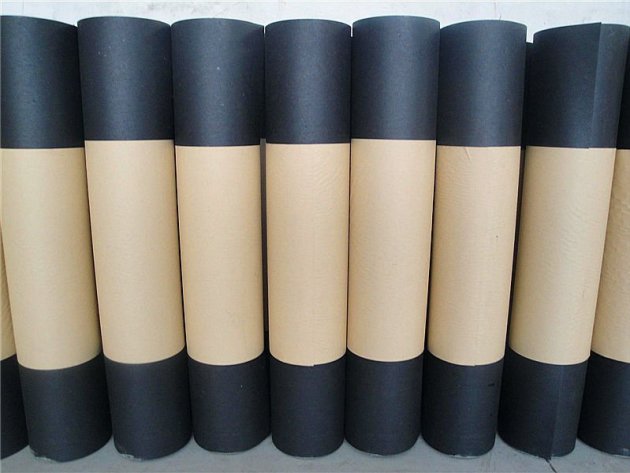
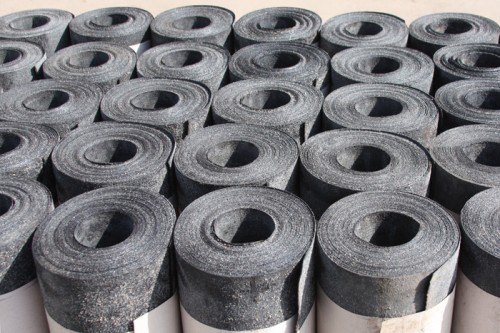
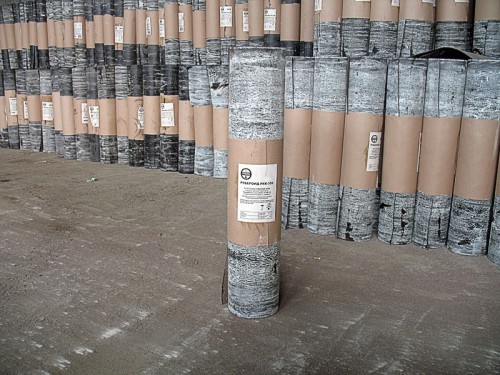
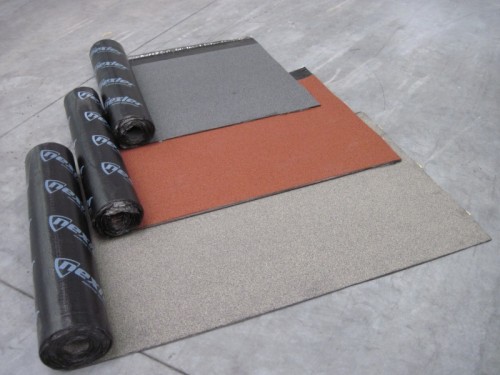
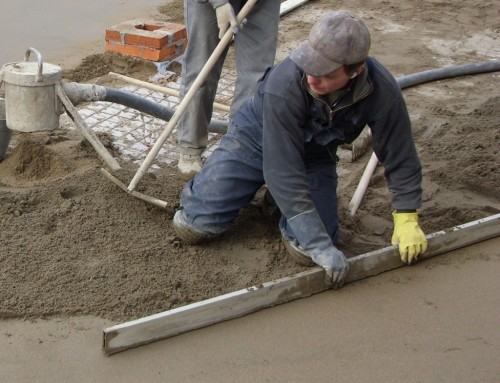
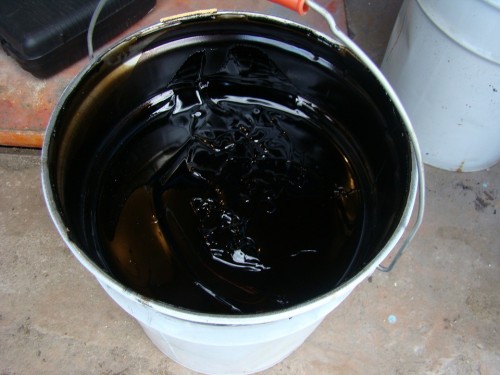
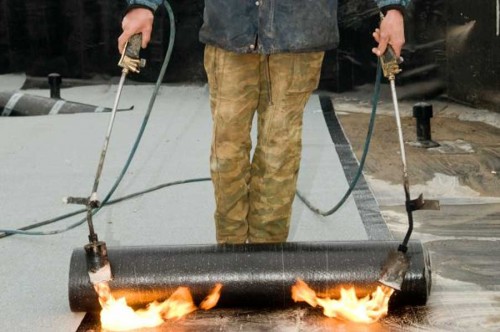
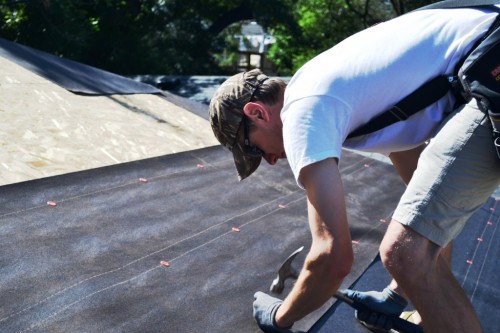












 Start a discussion ...
Start a discussion ...